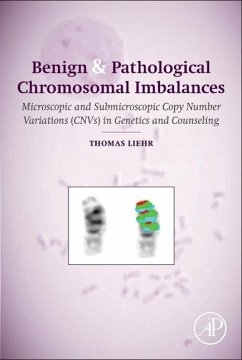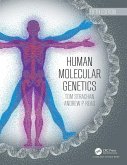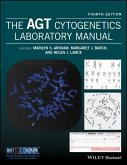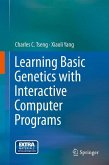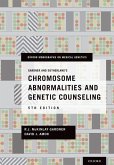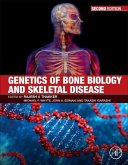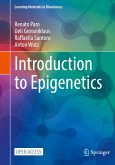Benign & Pathological Chromosomal Imbalances systematically clarifies the disease implications of cytogenetically visible copy number variants (CG-CNV) using cytogenetic assessment of heterochromatic or euchromatic DNA variants. While variants of several megabasepair can be present in the human genome without clinical consequence, visually distinguishing these benign areas from disease implications does not always occur to practitioners accustomed to costly molecular profiling methods such as FISH, aCGH, and NGS.
As technology-driven approaches like FISH and aCGH have yet to achieve the promise of universal coverage or cost efficacy to sample investigated, deep chromosome analysis and molecular cytogenetics remains relevant for technology translation, study design, and therapeutic assessment.
Knowledge of the rare but recurrent rearrangements unfamiliar to practitioners saves time and money for molecular cytogeneticists and genetics counselors, helping to distinguish benign from harmful CG-CNV. It also supports them in deciding which molecular cytogenetics tools to deploy.
Hinweis: Dieser Artikel kann nur an eine deutsche Lieferadresse ausgeliefert werden.
As technology-driven approaches like FISH and aCGH have yet to achieve the promise of universal coverage or cost efficacy to sample investigated, deep chromosome analysis and molecular cytogenetics remains relevant for technology translation, study design, and therapeutic assessment.
Knowledge of the rare but recurrent rearrangements unfamiliar to practitioners saves time and money for molecular cytogeneticists and genetics counselors, helping to distinguish benign from harmful CG-CNV. It also supports them in deciding which molecular cytogenetics tools to deploy.
Hinweis: Dieser Artikel kann nur an eine deutsche Lieferadresse ausgeliefert werden.
"This volume systematically clarifies the disease implications of cytogenetically visible copy number variants (CG-CNV) using cytogenetic assessment of heterochromatic or euchromatic DNA variants.deep chromosome analysis and molecular cytogenetics remains relevant for technology translation, study design, and therapeutic assessment." --Anticancer Research 34, 2014
"Liehr.surveys the current knowledge of variation in the human genome, including the increasing number of alterations that seem to have no phenotypic consequences - a phenomenon once thought rare if not impossible. Focusing on cytogenetically visible copy number variants (CG-CNVs), he considers what the norm is, inheritance, formation, types, and their role on genetic diagnostics and counseling." --Reference & Research Book News, December 2013
"Liehr.surveys the current knowledge of variation in the human genome, including the increasing number of alterations that seem to have no phenotypic consequences - a phenomenon once thought rare if not impossible. Focusing on cytogenetically visible copy number variants (CG-CNVs), he considers what the norm is, inheritance, formation, types, and their role on genetic diagnostics and counseling." --Reference & Research Book News, December 2013

